Service Scenarios
Autonomous Vehicles
Relying on computer and artificial intelligence technology, complete, safe and effective driving can be completed without human manipulation. Our capabilities in the field of unmanned driving are far ahead, and our capabilities and experience are the most abundant in China. It has conducted in-depth cooperation with more than 20 domestic and foreign unmanned vehicle companies and signed long-term cooperation services. Stardust serves hundreds of projects including 3D point cloud space recognition, point cloud fusion, point cloud semantic segmentation, road drivable areas, automatic parking, and driver behavior analysis. Our current closed-loop service for unmanned vehicles has shortened the iteration cycle of unmanned vehicle algorithms from 3 months to 2 weeks.
USE CASE
Relying on computer and artificial intelligence technology, complete, safe and effective driving is completed without human manipulation. Stardust is far ahead in the field of unmanned driving, and has the most abundant capabilities and experience in China. It has 4+ years of experience in autonomous driving data annotation projects, serves 40+ autonomous driving customers, and has 100+ related project experience, and has deep industry accumulation.

Robo-taxi
Develop autonomous driving solutions for manned taxi services. Detect and track objects through image and 3D machine vision algorithms, predict objects and plan driving. The current technical challenge lies in high-precision object recognition and tracking, and maintaining extremely high-quality decision-making in the interference of real scenes, ultimately achieving a continuous reduction in the number of million-kilometer hands-off. Relying on extensive industry experience, Stardust has accumulated a set of efficient data structuring solutions and processes through hundreds of projects. In addition to providing high-quality, large-scale data annotation services, we can help you create difficult-to-case data in various scenarios and quickly improve the accuracy of autonomous vehicle algorithms in various dimensions. At the same time, our capabilities have covered all environments of the closed loop of unmanned vehicle data.

Driver-less Truck
Unmanned trucks in high-speed scenarios are the closest to commercial use. Combining technologies such as SLAM, HD Map, CV, and LiDAR, trucks on highways can safely deliver goods to their destinations. Using the latest solid-state lidar, the vehicle has a visible distance of up to 400m. Under such a large recognition distance, the model has very high requirements on the accuracy of data annotation. Stardust's self-developed 3D labeling tool can help companies quickly label high-precision, long-distance objects, helping to create clear "eyes" for unmanned vehicles.

Park unmanned vehicles, unmanned freight vehicles
The unmanned vehicles and unmanned freight vehicles in the park are driven unmanned in closed scenes or low-speed scenes. Through 2D image recognition, 3D space object recognition and other technologies, it can safely carry people and objects. Because of its large scene variation, it requires a large number of long-tailed scene object recognition capabilities. Stardust helps customers to improve the algorithm of long-tail scenes through the long-tail scene library and rapid annotation capabilities, which effectively improves the robustness and adaptability of the model.

Automated Port
Automatic parking is the core function of L2 autonomous driving. The algorithm uses Fisheye Cameras to synthesize automatic semantic segmentation and semantic recognition of the top view, and achieves the safety planning of automatic reversing and storage through the inertial signal and CAN signal of the own vehicle, which greatly improves the driver's experience. The biggest challenge in this direction comes from complex and changeable scenes, and the robustness of the model under various occlusions and light source interference. In addition, the translation invariance of traditional CNN models in wide-angle scenes is greatly challenged, and the training of fine hierarchical models on large-scale datasets is required to achieve credible results. The Stardust platform has amassed a group of highly trained annotators with near-intuitive accuracy for ambiguous scenes. At the same time, Stardust's quality inspection rules have guaranteed and improved the quality of delivery. With the assistance of Stardust, the customer's vehicle was successfully mass-produced and reached an industry-leading level.
Car intelligent voice assistant

In the in-vehicle scenario, the voice assistant carries the in-vehicle interaction work such as voice navigation, voice control, and in-vehicle infotainment systems, bringing car owners a driving experience of convenient travel and entertainment. The challenges of this scenario are diverse noise, complex interior environment, multiple people talking, far-field sound sources, etc. To realize these mature applications, it is necessary to train models in different models, different scenarios, different environments, and a large amount of in-vehicle data.
After solving the speech understanding, it is also necessary to understand the text through NLP algorithms such as semantic understanding. Algorithms such as scene classification, entity recognition, reference elimination, multi-round dialogue, and knowledge graph question and answer are required to be implemented collaboratively. Stardust has rich experience in the field of natural language processing, helping customers to achieve a leap from zero to one in multiple NLP fields. Through data annotation such as named entity annotation, text keyword extraction, text error correction, semantic generalization, and question-and-answer pair generation, we have successfully helped customers to implement algorithms for multiple scenarios within 3 months.
Standardized Service Process
We provide standardized service processes, and based on years of experience in data collection and labeling in the field of unmanned vehicles, we have launched a closed-loop service for unmanned vehicles, which can shorten the iteration cycle of unmanned vehicle algorithms from 3 months to 2 weeks.

Professional Labeling Team

We set up exclusive data bases in many provinces
Have a platform professional labeling team of 500+
All platform labelers need to pass the training and assessment before they can work
Regular training and assessment of personnel, strong professionalism
Automated Auxiliary Annotation Tool
We are equipped with a variety of automatic auxiliary labeling tools, which are more intelligent. We assist data processing through human-computer interaction to reduce labor costs, which can save nearly one third of the time cost and greatly improve the labeling efficiency.
Standardized Service Processes
We provide a standardized service process. Based on years of experience in data collection and labeling in the field of driverless vehicles, we launch the driverless vehicle closed-loop service, which can shorten the iteration period of driverless vehicle algorithm from 3 months to two weeks.

Real Car Test Scenario
Real car testing is a necessary prerequisite for the finalization and large-scale market application of autonomous
vehicles. It is close to the real environment and the test results are credible. The real car test can fully discover
the risks in the process of putting the car into use, which is conducive to algorithm optimization, reduce the number of
risk scenarios, and expand the known safety area of the car.
Covering curve, tunnel, ramp, bridge, intersection, roundabout, cement road and other scenes; It covers two types of
urban open and semi-open roads to meet the needs of real vehicle testing.

V2X Road Test
Of cangzhou economic development zone of municipal road for collaborative intelligent control, has achieved advanced automatic car driving function test, V2X road collaborative autopilot, snatched auxiliary driving, found in violation of regulations and remind, network management, take the initiative to rescue auxiliary etc. Various application scenarios, travel for public security, traffic management, city provide intelligent services, effective power science and urban governance.

Closed Field Test
We provide a variety of real car test scenarios, such as closed field test and open field test. Through testing under complex traffic flow, we help algorithm iteration to realize the leap from quantitative to qualitative change.

Unmanned Test & Parallel Driving Test

Fleet Operating
Covering different scenarios such as urban areas and high speed, 80+ safety personnel and vehicle following test engineers are equipped to assist autonomous vehicles to complete the test.

Customers













Technical Solutions
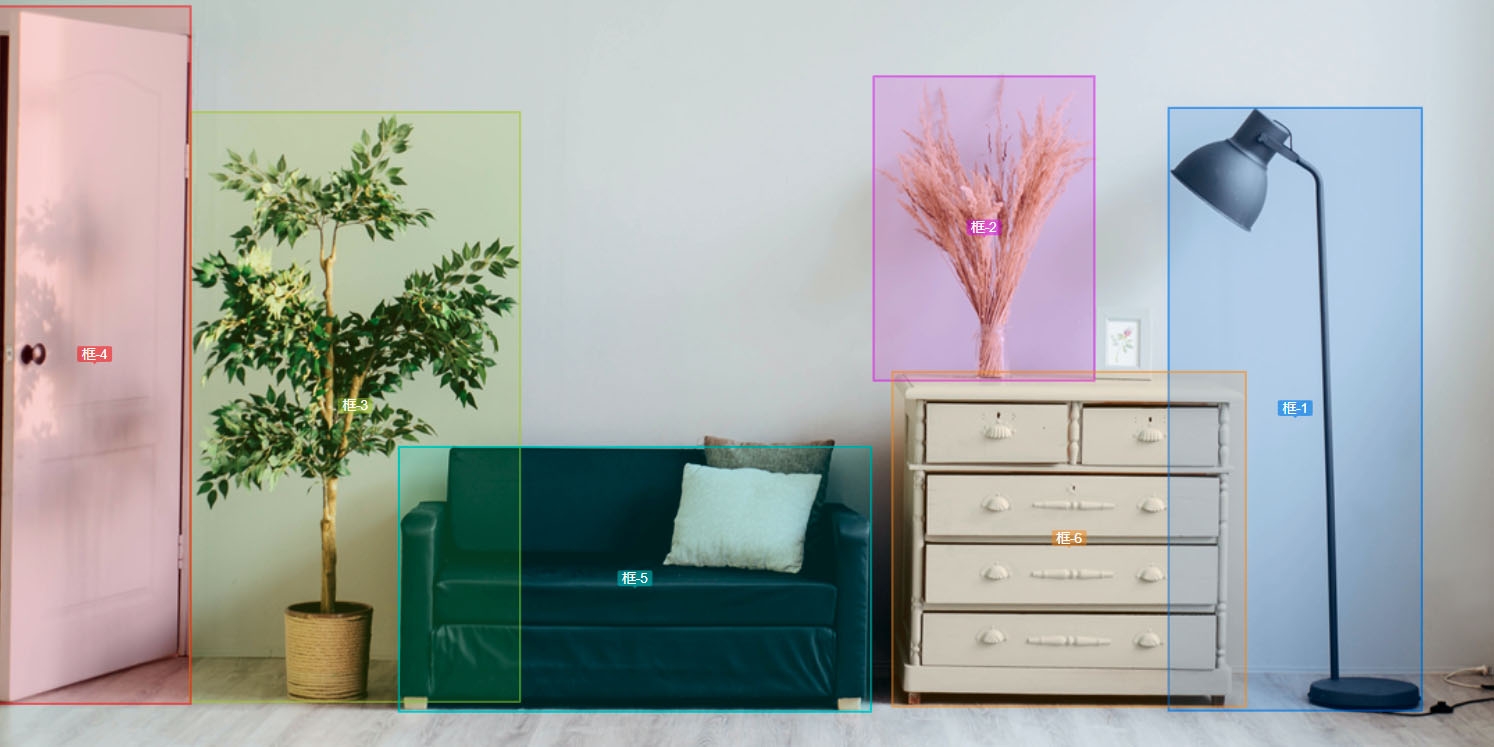
Object Detection
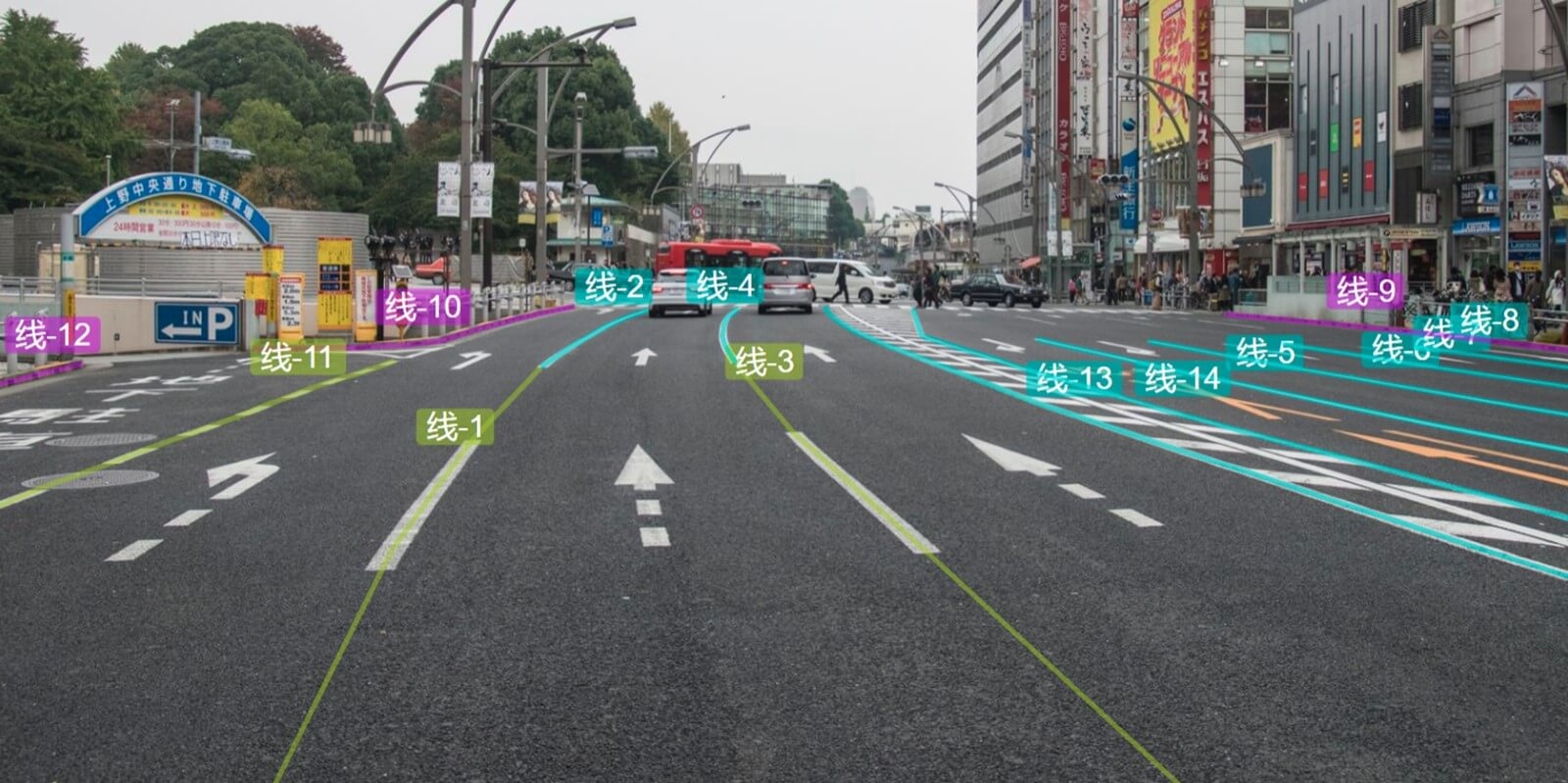
Lane-Detection

3D Animation Annotation

3D Semantic Segmentation
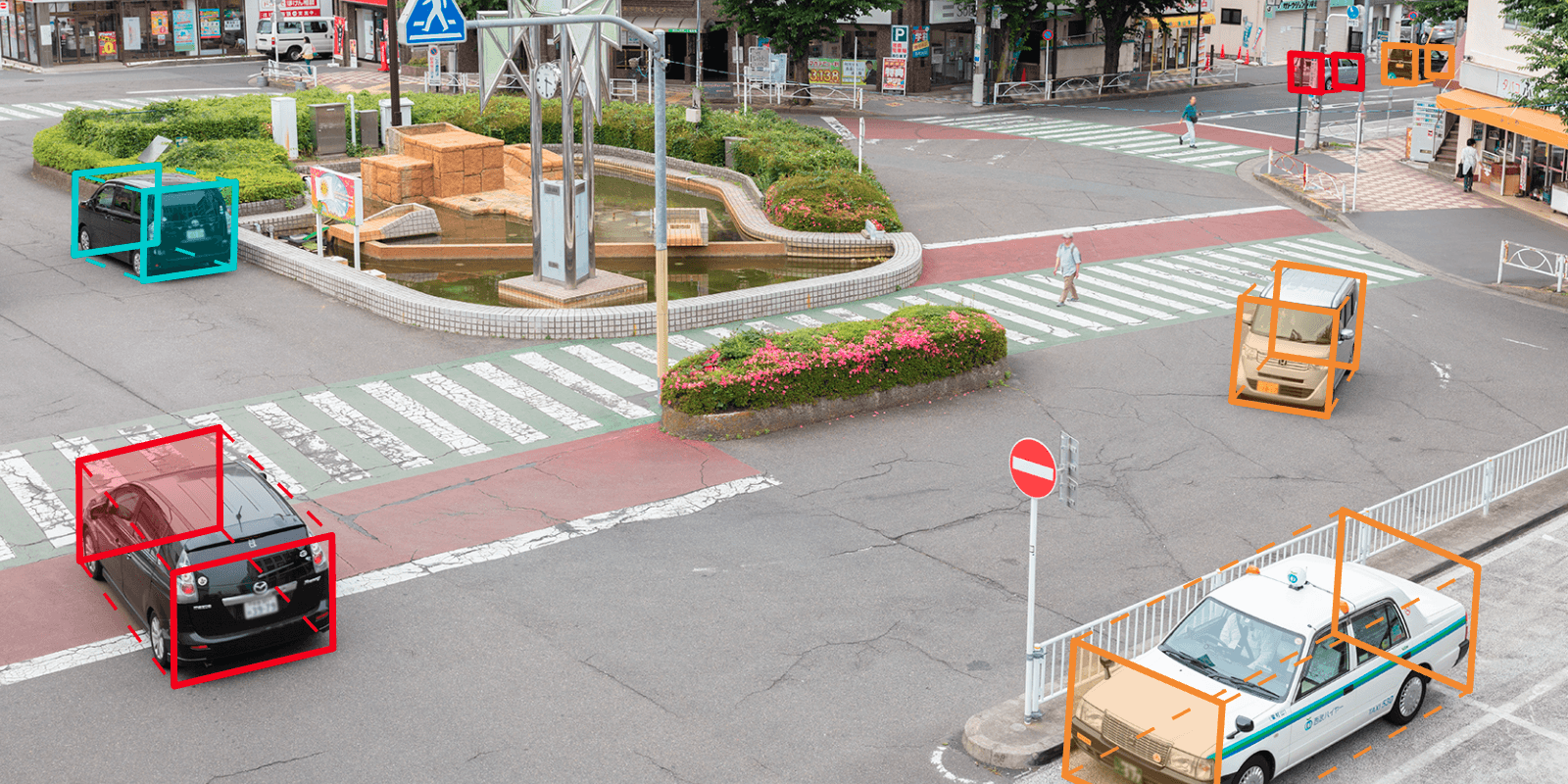
Cuboid Localization

Fusion Annotation
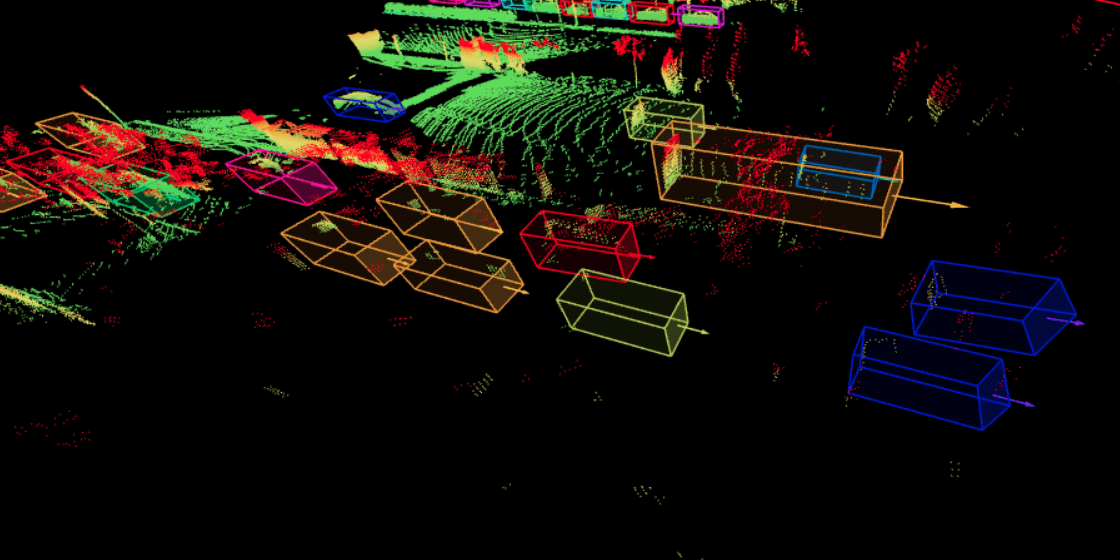
LiDAR Object Detection
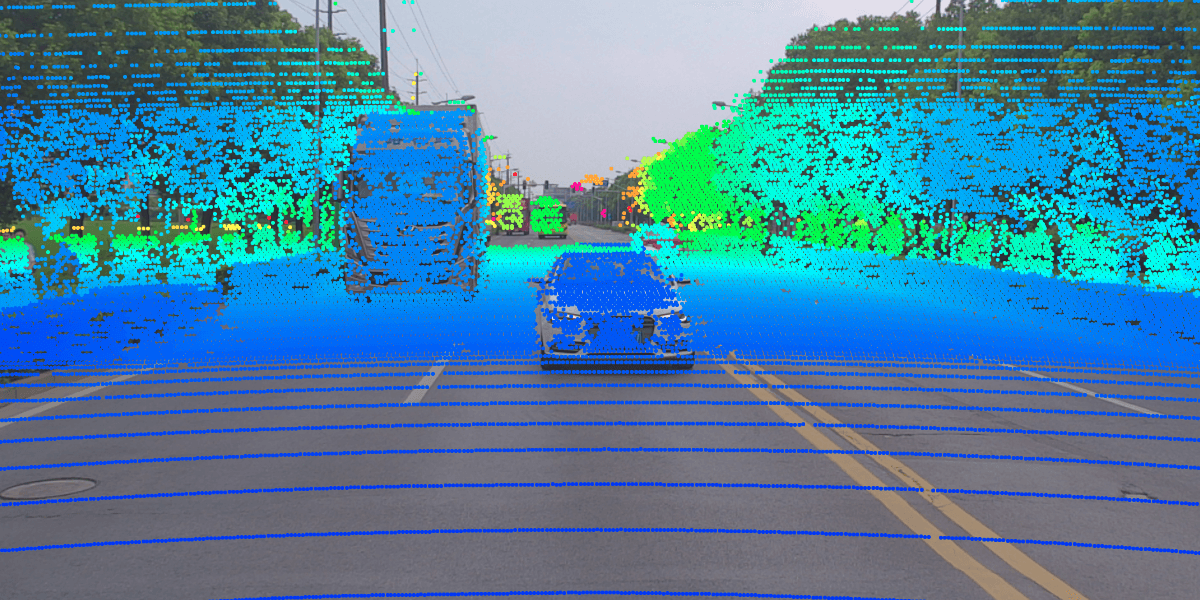
Motion Correction of Lidar Point Cloud and Projection

Object Tracking
Learn More
We will customize the exclusive service content for you and evaluate the budget.
Contact Us
Address: 20F, Tower B, Jianwai SOHO, NO. 39, Middle East Third Ring Road, Chaoyang District, Beijing
Tel: (+86) 010-86462864
Email:contacts@stardust.ai
Copyright © 2022 Stardust AI, Inc. All rights reserved.